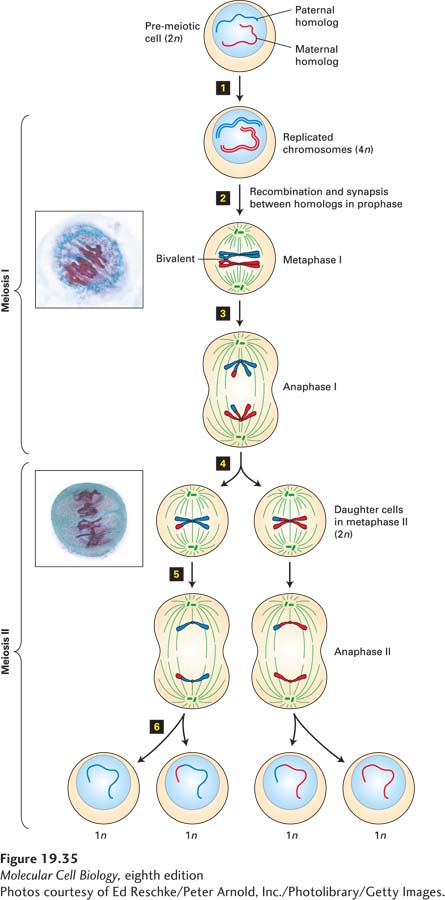
Figure 19- e-
[Photos courtesy of Ed Reschke/Peter Arnold, Inc./Photolibrary/Getty Images.]